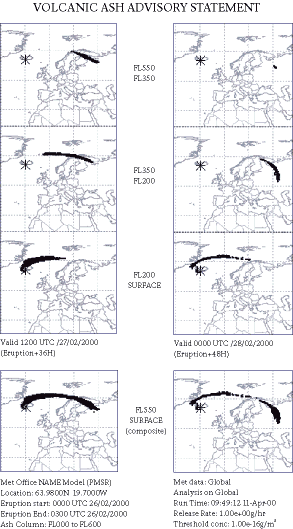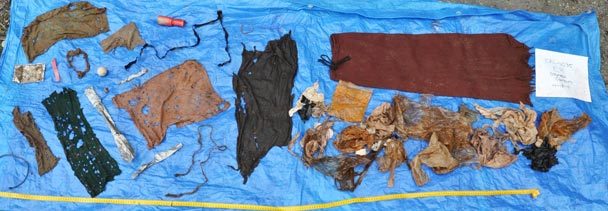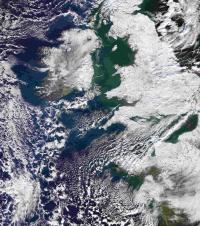OF THE
TIMES

"We sent ten Boeing 747 and Airbus 340 jets on transfer flights from Munich to Frankfurt," Lufthansa spokesman Klaus Walther told the paper. The planes were moved in order to be in the most useful place once the ban is lifted, he explained.Source: "the Local"
"Our machines flew to a height of 24,000 feet, or around 8,000 metres. In Frankfurt the machines were examined by our technicians. They didn't find the slightest scratch on the cockpit windscreens, on the outer skin nor in the engines."
"The flight ban, which is completely based on computer calculations, is causing economic damage in the billions. This is why, for the future, we demand that dependable measurements must be available before a flight ban is imposed."



NPR and CNN worry that Global Warming may have caused Iceland's Volcano!!!
This is just too bizarre:Diana Rehm (NPR): We do wonder whether there's human involvement in all of these eruptions, earthquakes, storms -How exactly could global warming cause a volcano to go off?
Elise Labott (senior State Department producer for CNN): - and how much global warming has a role in it. You know we've seen a lot of wacky weather but that's just a microcosm for what's happening around the world and how much climate change is contributing to earthquakes and volcanic ash - it's a really good question.
Comment: Sott.net prediction: next winter will also be bitterly cold across the northern hemisphere. It may not even end.